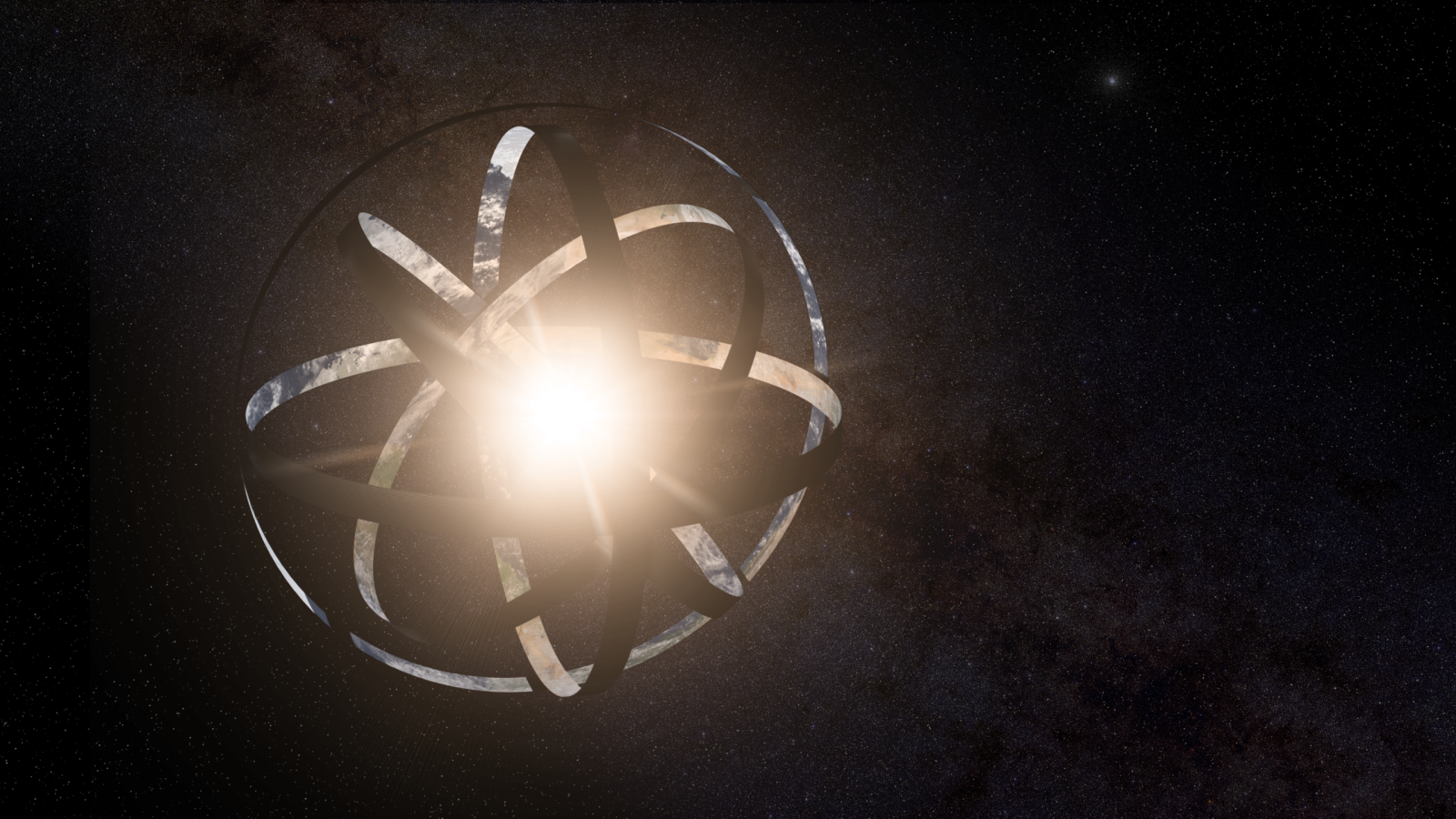- Messages
- 12,486
The quest for the unknown often takes us far into the Universe. In 2015, a group of researchers, utilizing data from NASA's Kepler telescope, discovered an intriguing phenomenon around the star KIC 8462852, also known as Boyajian's Star. This star, located about 1,470 light-years from Earth, exhibited strange light fluctuations, sparking speculations about the existence of extraterrestrial structures.
Boyajian's Star has defied usual explanations. Unlike typical luminosity decreases caused by the passage of exoplanets, the observed reductions in brightness here were irregular and significant. This anomaly led some to contemplate the existence of an "alien megastructure" such as a Dyson Sphere, a fascinating hypothesis that proved to be unlikely. Ultimately, the most accepted explanation is the presence of dust around the star.

What makes this discovery particularly interesting is the role played by citizen scientists. Without their active participation, this phenomenon might have been overlooked. This collaboration underlines the importance of public participation in scientific research.
Today, the research team, led by Daniel Giles from the SETI Institute, turns to artificial intelligence to analyze data from NASA's TESS satellite. The goal is to identify similar anomalies in the brightness of other stars. This powerful tool could reveal as-yet-unknown phenomena in our cosmos or even technosignatures.
Despite technological advancements, the human eye remains an invaluable tool in this quest. The interaction between artificial intelligence and human analysis provides a new dimension to astronomical research.
This research on Boyajian's Star and similar phenomena opens doors to future discoveries. As we continue to gaze at the stars, the collaboration between technology, science, and human engagement continues to shape our understanding of the Universe.
Continue reading:

 www.techno-science.net
www.techno-science.net
Boyajian's Star has defied usual explanations. Unlike typical luminosity decreases caused by the passage of exoplanets, the observed reductions in brightness here were irregular and significant. This anomaly led some to contemplate the existence of an "alien megastructure" such as a Dyson Sphere, a fascinating hypothesis that proved to be unlikely. Ultimately, the most accepted explanation is the presence of dust around the star.

What makes this discovery particularly interesting is the role played by citizen scientists. Without their active participation, this phenomenon might have been overlooked. This collaboration underlines the importance of public participation in scientific research.
Today, the research team, led by Daniel Giles from the SETI Institute, turns to artificial intelligence to analyze data from NASA's TESS satellite. The goal is to identify similar anomalies in the brightness of other stars. This powerful tool could reveal as-yet-unknown phenomena in our cosmos or even technosignatures.
Despite technological advancements, the human eye remains an invaluable tool in this quest. The interaction between artificial intelligence and human analysis provides a new dimension to astronomical research.
This research on Boyajian's Star and similar phenomena opens doors to future discoveries. As we continue to gaze at the stars, the collaboration between technology, science, and human engagement continues to shape our understanding of the Universe.
Continue reading:

⚡ Artificial Intelligence at Work to Uncover Extraterrestrial Structures
The quest for the unknown often takes us far into the Universe. In 2015, a group of researchers, utilizing data from NASA's Kepler telescope, discovered an intriguing phenomenon...
